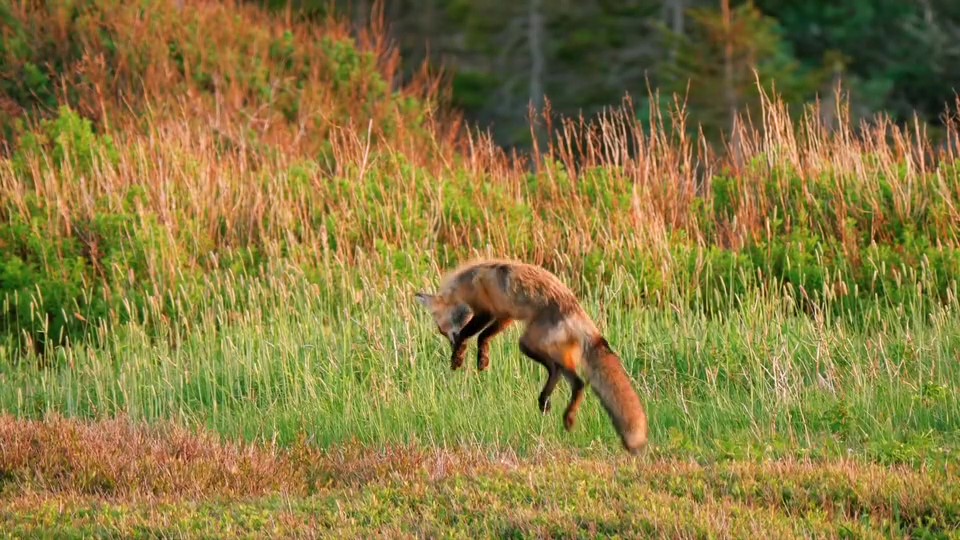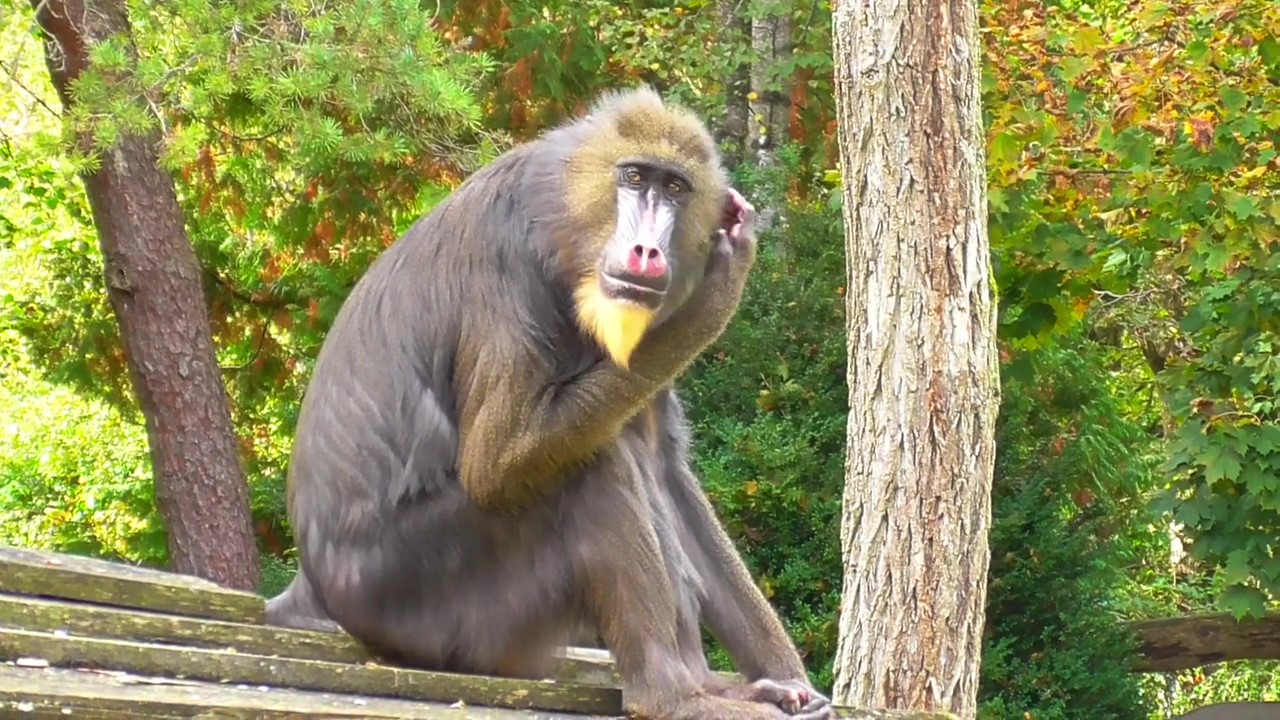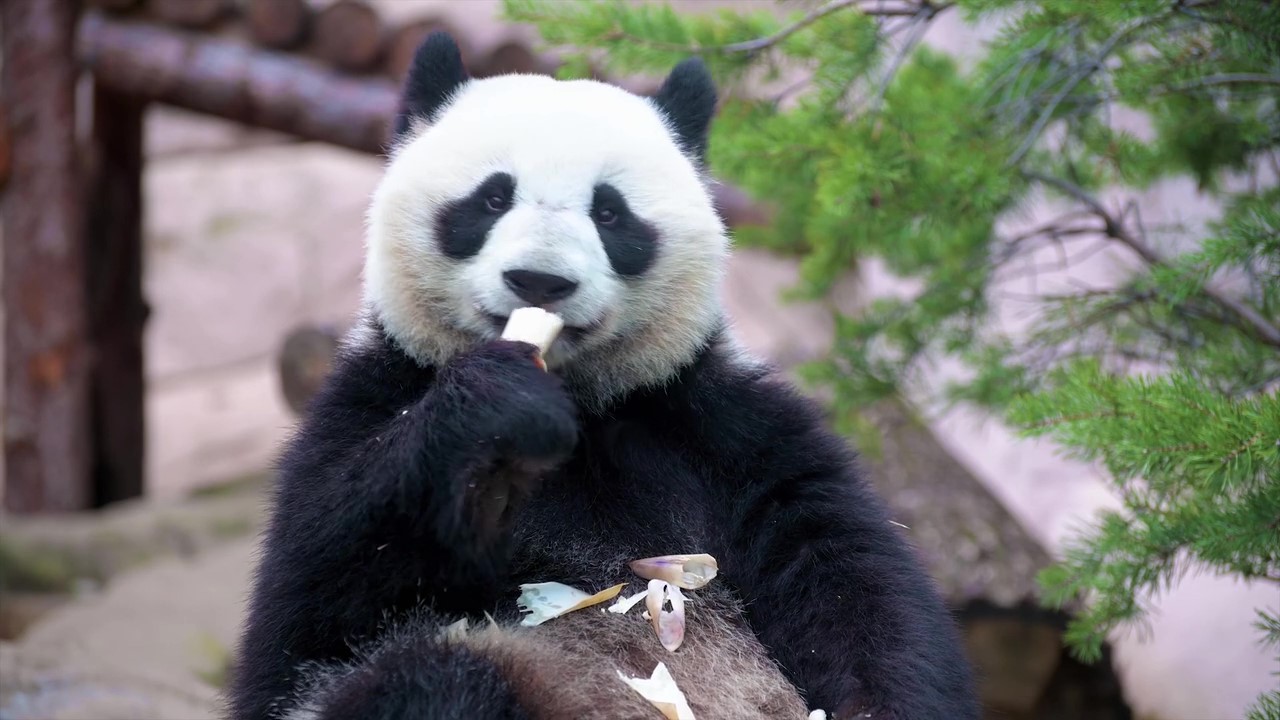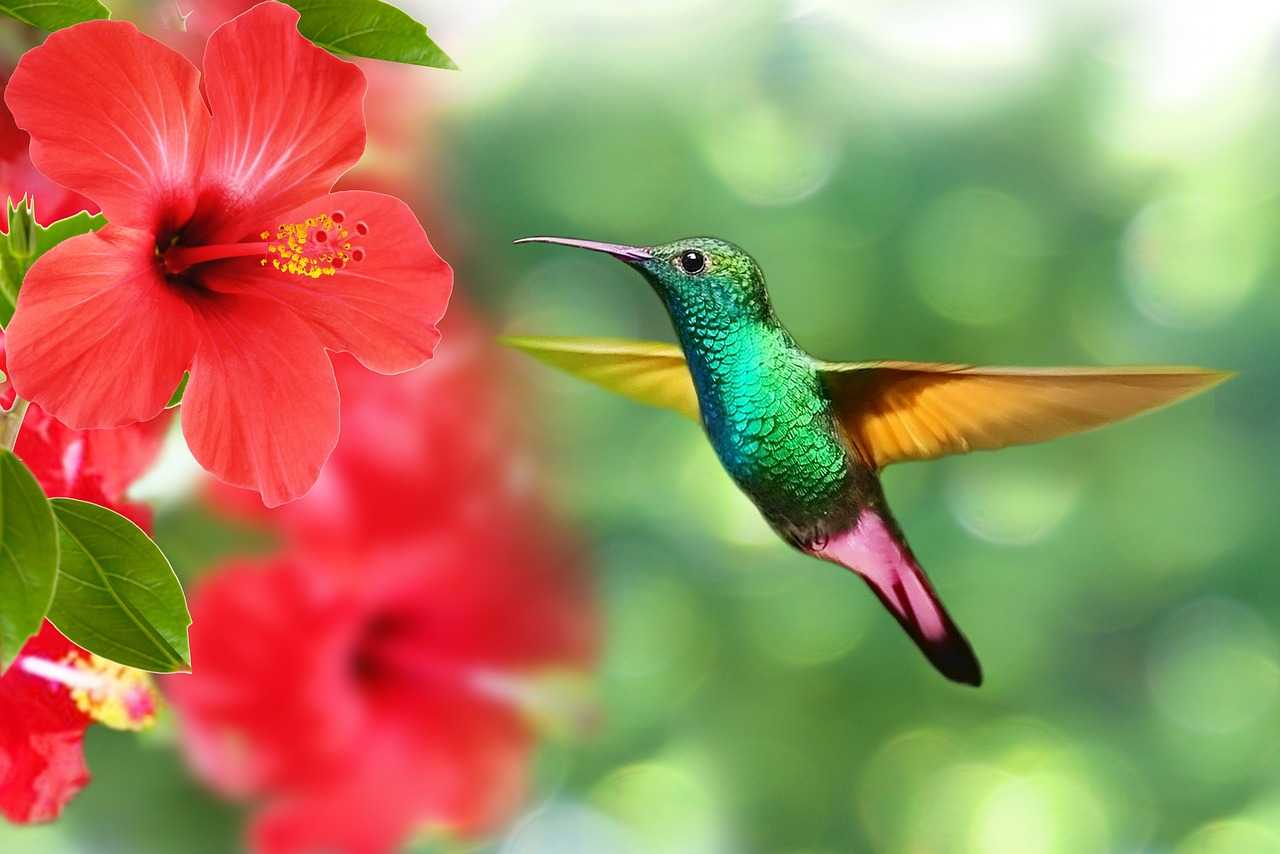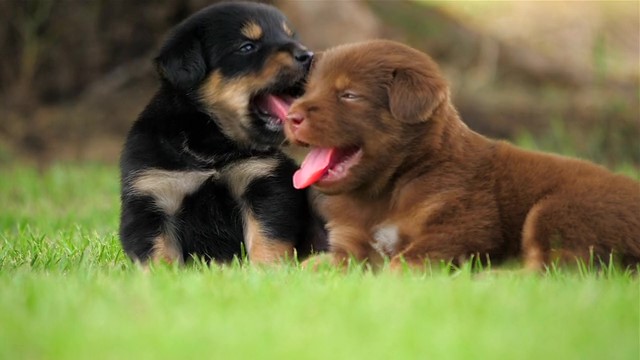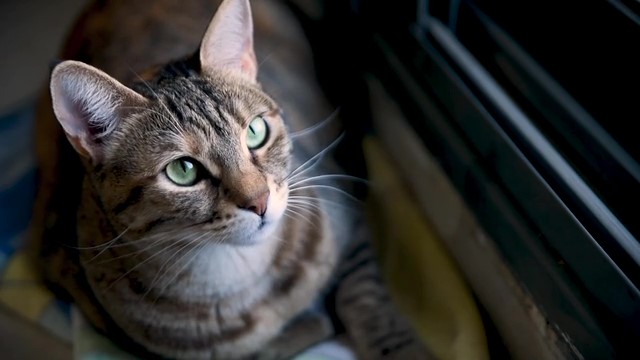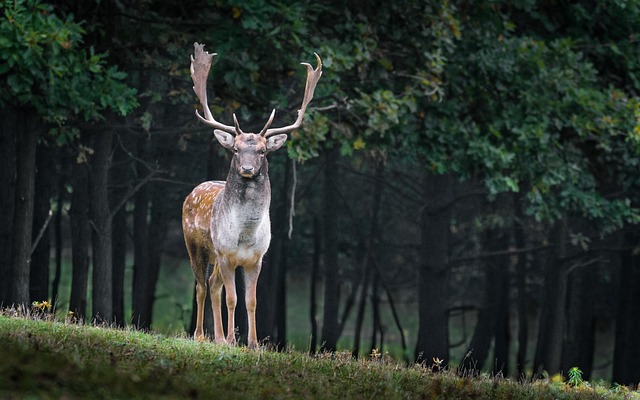
Shiba Inu
Shiba Inu
Shiba Inu
The Shiba Inu is said to be the most popular among Japanese dogs. It possesses a dignified and adorable look, and now the number of people owning Shiba Inus abroad is increasing. It is a very intelligent breed with a loyal dog-like character. It is an ancient breed that was designated as a natural monument in 1936 and represents Japan. We will thoroughly explain the history, characteristics, and how to keep a Shiba Inu!
Shiba Inu Basic Infomation

Origin: Japan
Classification: Small-sized dog
Height: Males: 37–40 cm / Females: 35–38 cm
Weight: Males: 9–11 kg / Females: 7–9 kg
Lifespan: About 12–15 years
Fur Colors: Brown, white, black, sesame, brindle
The Shiba Inu has a very old history, said to have been living with people for over 15,000 years. They served as reliable hunting dogs and gathering companions, and were valuable partners of the Jomon period people.
The founder of the Nihon Ken Hozonkai (Association for the Preservation of Japanese Dogs), Hirokichi Saito, was the first to name it 'Shiba Inu'. Previously, they were called by local names such as Tateyama Ken (Toyama Prefecture) and Hakusan Ken (Ishikawa Prefecture). The term 'local dog' includes over 20 types, some of which are extinct.
There are two types of Shiba Inu faces: 'Raccoon face' and 'Fox face'. If the dog's face and body are overall rounded, it's a Raccoon face; if it has a slender body type with a sharp, elongated face shape, it's a Fox face.
When you think of a Shiba Inu's tail, you might imagine it curling tightly. This orthodox shape is called 'car coil'. There are other types of tails as well.
(For indoor keeping) Cage, Circle, Toilet tray
(For outdoor keeping) Doghouse, Chain, Anchor
Sturdy leash
Food and water dishes
Durable dog toys (balls, ropes, etc., preferably sturdy ones)
Collar, Harness
Brush
As a breed that was originally a hunting dog, Shiba Inus love to be active. Therefore, you need to prepare sturdy pet supplies. Despite being small, they have strong biting power, so playing with a sturdy rope toy is recommended for good exercise. Prepare items that allow them to be active, such as a leash for walks and toys for playing even outside of walks.
Shiba Inus are very intelligent and loyal, active dogs. In order to spend a lifetime together as a member of the family, there are some tips to keep in mind. Here, we will explain the points to consider when you want to make a Shiba Inu a part of your family.
Brush frequently during the shedding season
During the shedding season, which occurs around the change of seasons, a lot of fur falls out. Therefore, daily brushing is essential. Brushing carefully so that no hairballs remain can also prevent skin diseases.
Take thorough measures against the cold and heatstroke!
Whether kept outdoors or indoors, take care to prevent cold and heatstroke. It's also recommended to carry a bottle holder during walks to hydrate frequently. In winter, providing blankets or beds helps Shiba Inus feel secure.
Ensure sufficient exercise
Ideally, you should walk them twice a day. Shiba Inus love to move around, and using a dog run can contribute to their physical and mental health. For indoor pets, engage them with toys to maintain communication.
Shiba Inu Q&A

Shiba Inu is said to have existed since the Jomon period
The history of the Shiba Inu is very old, said to have been living with people for over 15,000 years. They served as reliable hunting dogs and gathering companions, and were valuable partners of the Jomon period people.
The founder of the Nihon Ken Hozonkai (Association for the Preservation of Japanese Dogs), Hirokichi Saito, was the first to name it 'Shiba Inu'. Previously, they were called by local names such as Tateyama Ken (Toyama Prefecture) and Hakusan Ken (Ishikawa Prefecture). The term 'local dog' includes over 20 types, some of which are extinct.

There are two types of Shiba Inu faces
There are two types of Shiba Inu faces: 'Raccoon face' and 'Fox face'. If the dog's face and body are overall rounded, it's a Raccoon face; if it has a slender body type with a sharp, elongated face shape, it's a Fox face.

Shiba Inu tail shapes have different names
When you think of a Shiba Inu's tail, you might imagine it curling tightly. This orthodox shape is called 'car coil'. There are other types of tails as well.

What to prepare before welcoming a Shiba Inu
(For indoor keeping) Cage, Circle, Toilet tray
(For outdoor keeping) Doghouse, Chain, Anchor
Sturdy leash
Food and water dishes
Durable dog toys (balls, ropes, etc., preferably sturdy ones)
Collar, Harness
Brush
Originally being a hunting dog, Shiba Inus love to be active. Thus, sturdy pet supplies are necessary. Despite being a small breed, they have strong biting power, so it is recommended to play with a sturdy rope toy for good exercise. Preparing items that allow them to be active, such as a leash for walks and toys for playing even outside of walks, will make them happy.

Tips for welcoming a Shiba Inu as a family member
Shiba Inus are very intelligent and loyal, active dogs. In order to spend a lifetime together as a member of the family, some tips are necessary. Here, we will discuss the points to consider when you want to make a Shiba Inu part of your family.
Brush frequently during the shedding season: During the shedding season, which occurs around the change of seasons, a lot of fur falls out. Therefore, daily brushing is essential. Brushing carefully so that no hairballs remain can also prevent skin diseases.
Take thorough measures against cold and heatstroke: Whether kept outdoors or indoors, take care to prevent cold and heatstroke. It's also recommended to carry a bottle holder during walks to hydrate frequently. In winter, providing blankets or beds helps Shiba Inus feel secure.
Ensure sufficient exercise: Ideally, you should walk them twice a day. Shiba Inus love to move around, and using a dog run can contribute to their physical and mental health. For indoor pets, engage them with toys to maintain communication.

How does a Shiba Inu become attached?
Through walks, daily play, and training sessions, it is necessary to build strong communication. Shiba Inus are faithful and straightforward in nature, so consistent communication will encourage them to open their hearts to you.

What food does a Shiba Inu prefer?
They can eat dog food and retort food without any problems. However, due to their hunting instincts, they have strong biting power, so giving them dog jerky or chews occasionally can help relieve stress.

What types of Shiba Inu exist in Japan?
Apart from the typical Shiba Inu, there are other types such as the Mino Shiba Inu, Shinshu Shiba Inu, Jomon Shiba Inu, and Sanin Shiba Inu. There are various theories on why they are called 'Shiba Inu', but no clear reason is known.

Is it better for Shiba Inus to be kept indoors or outdoors?
Either outdoor or indoor keeping is fine, depending on the home environment.
For outdoor keeping, seasonal measures are necessary. In summer, set up cooling sheets and water stations to prevent heatstroke. In winter, provide blankets and beds as needed.
For indoor keeping, it's easier to manage temperature with air conditioning and create a spacious cage area that makes it easy for the family to spend time together.

What diseases are Shiba Inus prone to?
Shiba Inus are generally healthy, but like all breeds, they can be susceptible to certain health conditions. Not all Shiba Inus will get any or all of these diseases, but it's important to be aware of them if you're considering this breed.
Some of the more common health problems Shiba Inus suffer from include allergies, glaucoma, and hip dysplasia.

How is a Shiba Inu welcomed as a family member?
You can welcome a Shiba Inu through breeders, specialty stores, adoption calls, or rescue transfer meetings. When getting one through a pet shop or breeder, depending on the type, prices generally range from about 100,000 to 400,000 yen. Females tend to be more expensive.

Would you like to become a part of the 'Animalbook.jp'?
Turn your knowledge into Q&A and share it with the world. ※Publication will be activated after purchase. Let's share information together!
Shiba Inu Type of List

- Shiba Inu
Information
Congratulations! You are the first commenter!

Would you like to leave a comment?
※Please note: This is for the purchase of rights to post comments within the article.
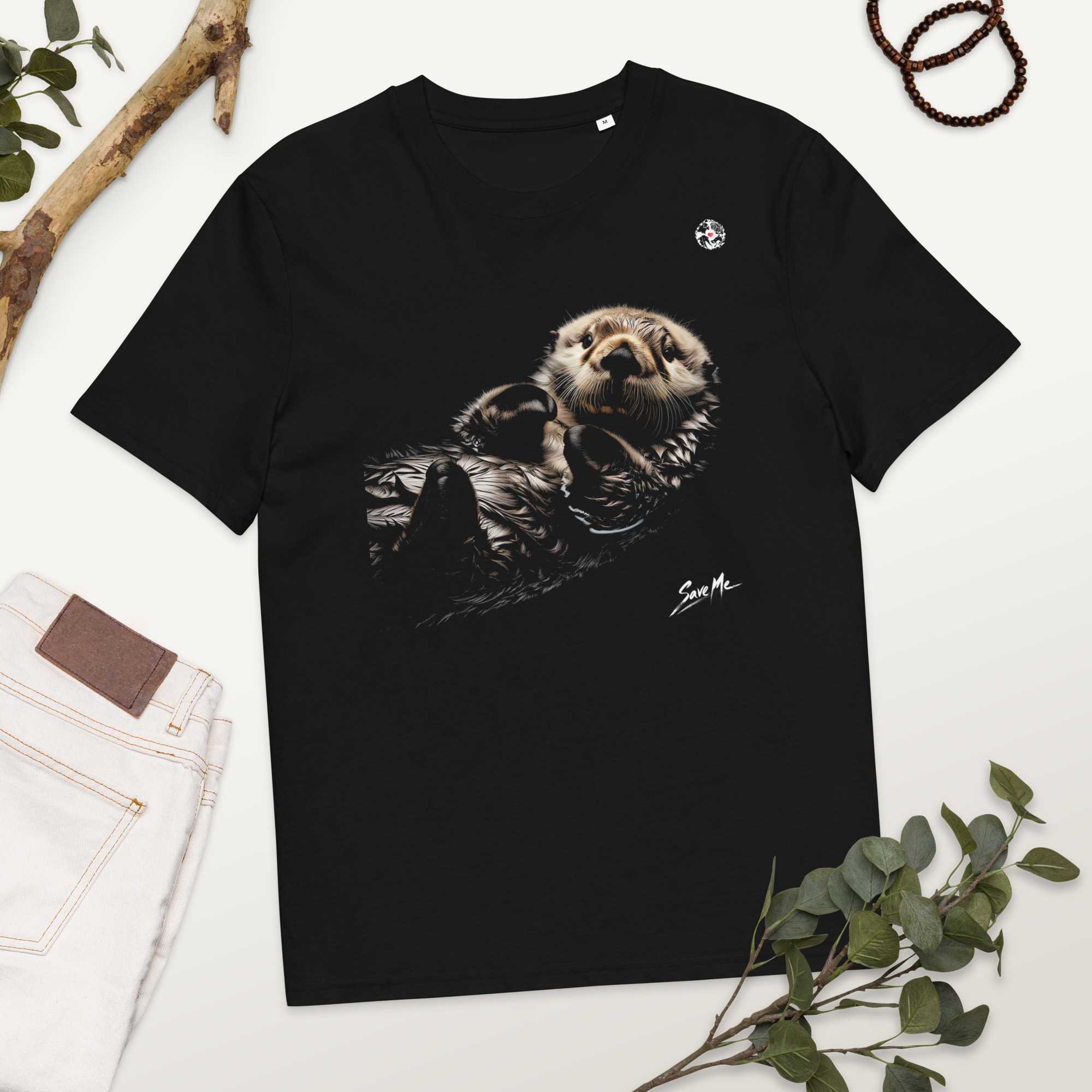
Find Your Favorites!
Our shop offers a unique and attractive selection of goods themed around various animals.
Shiba Inu References

- ・公益社団法人 日本犬保存会 https://www.nihonken-hozonkai.or.jp/history/
- ・柴犬はどんな犬? 歴史や性格・特徴、寿命などを解説(All About) https://allabout.co.jp/gm/gc/476276/#3
- ・アイリスプラザ https://www.irisplaza.co.jp/media/A13928155563
- ・わんちゃんホンポ https://wanchan.jp/osusume/detail/3228
- ・MOFFME https://moffme.com/article/1349
- ・ANA Travel Life https://www.ana.co.jp/travelandlife/article/001105/
- ・ニッセンライフのペット保険 https://www.nissen-life.co.jp/pet/contents/keep/301/
- ・柴犬ライフ https://shiba-inu.life/
Shiba Inu Introduction of media used
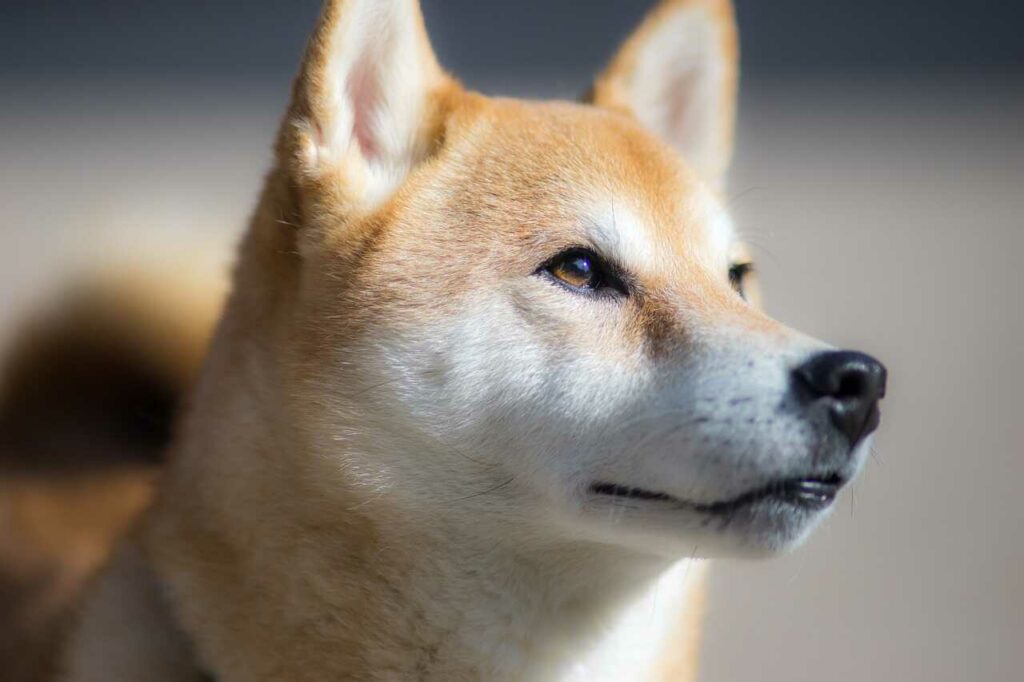
出典:https://pixabay.com/images/id-3087207/
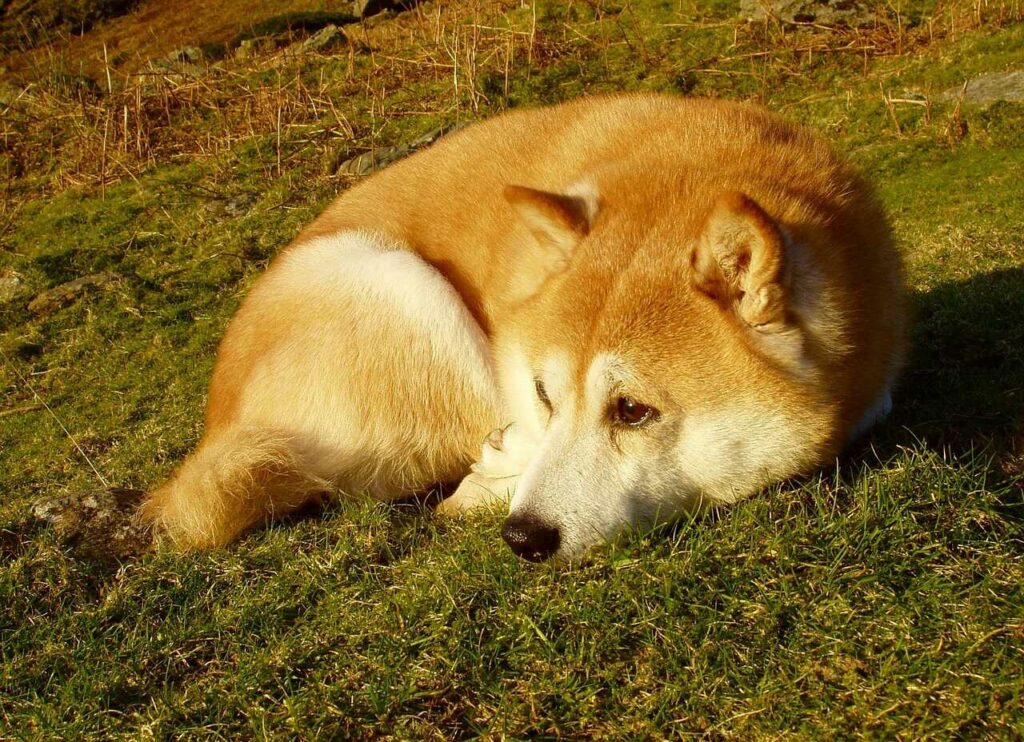
出典:https://pixabay.com/images/id-1322710/
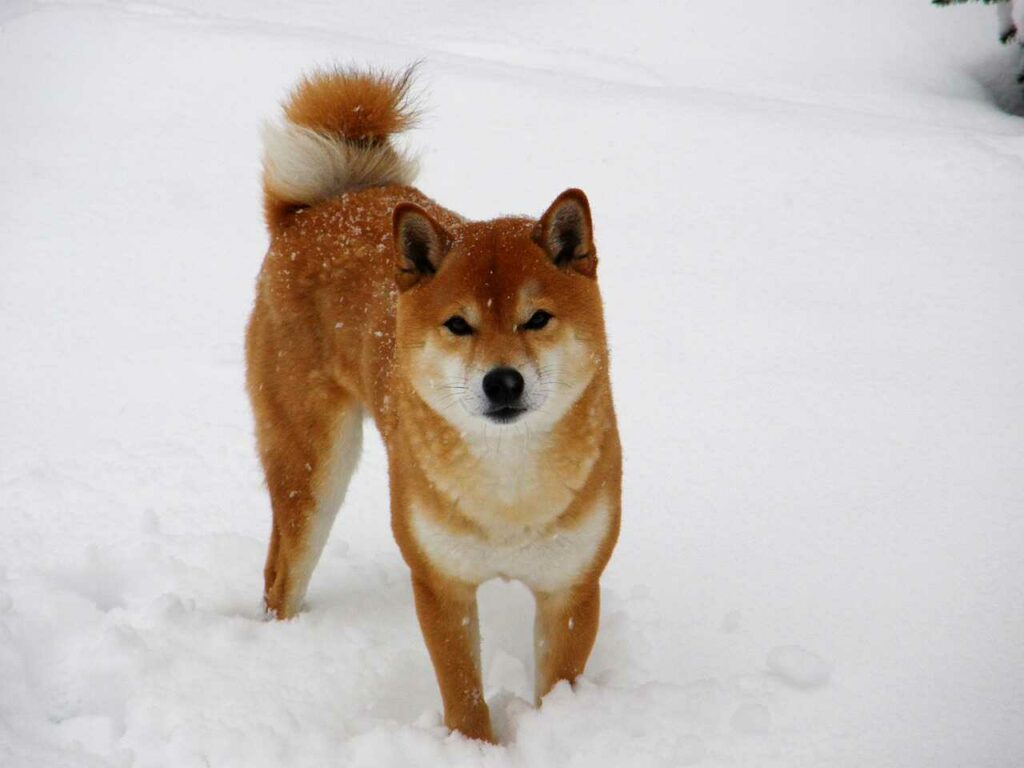
出典:https://pixabay.com/images/id-2971192/
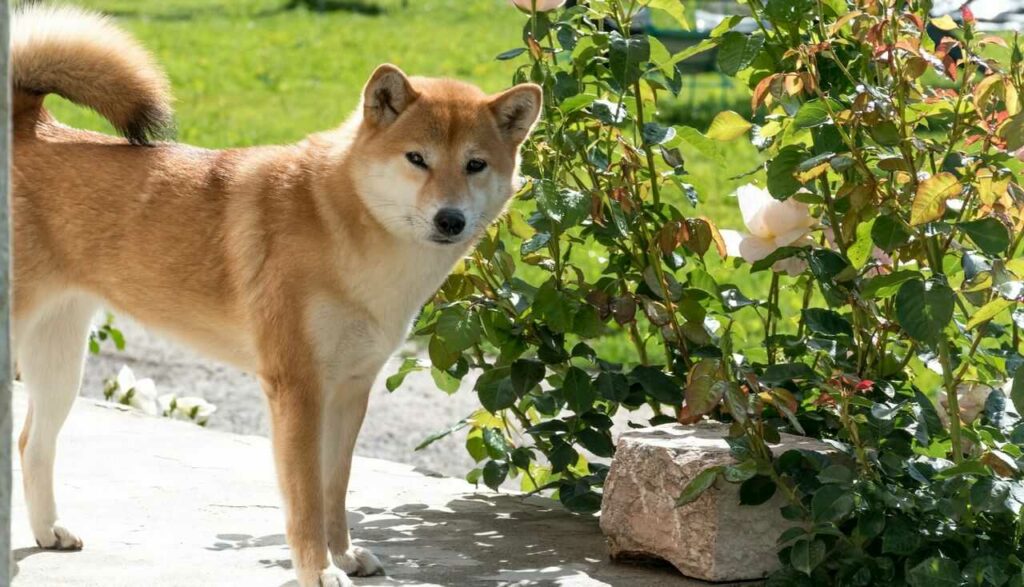
出典:https://unsplash.com/ja/写真/S4fl_XZepkg
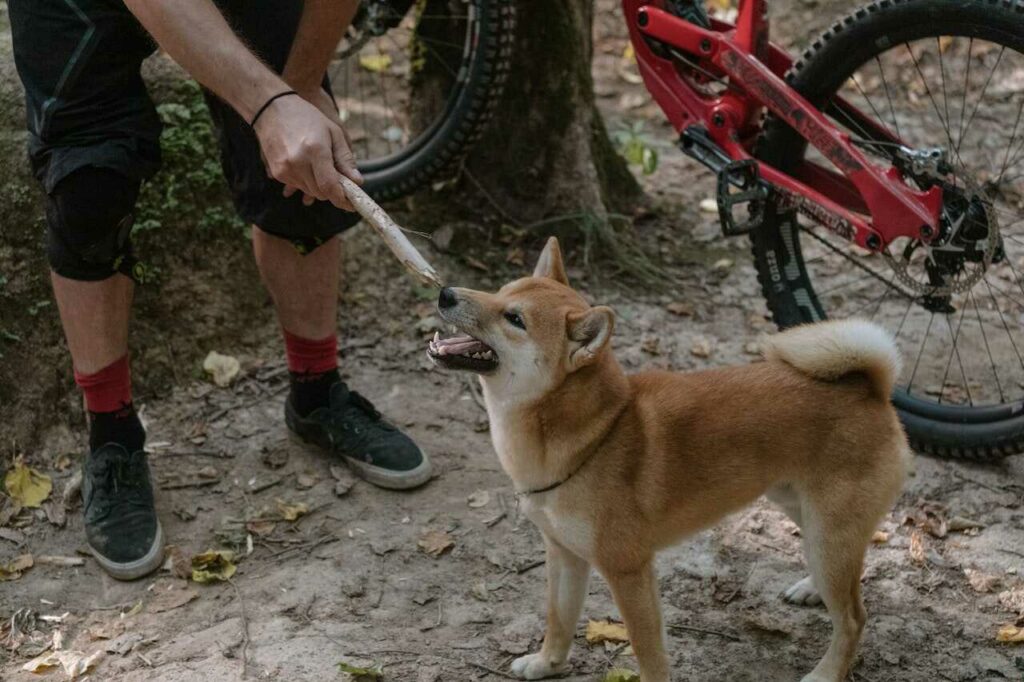
出典:https://www.pexels.com/ja-jp/ja-jp/photo/8927274/
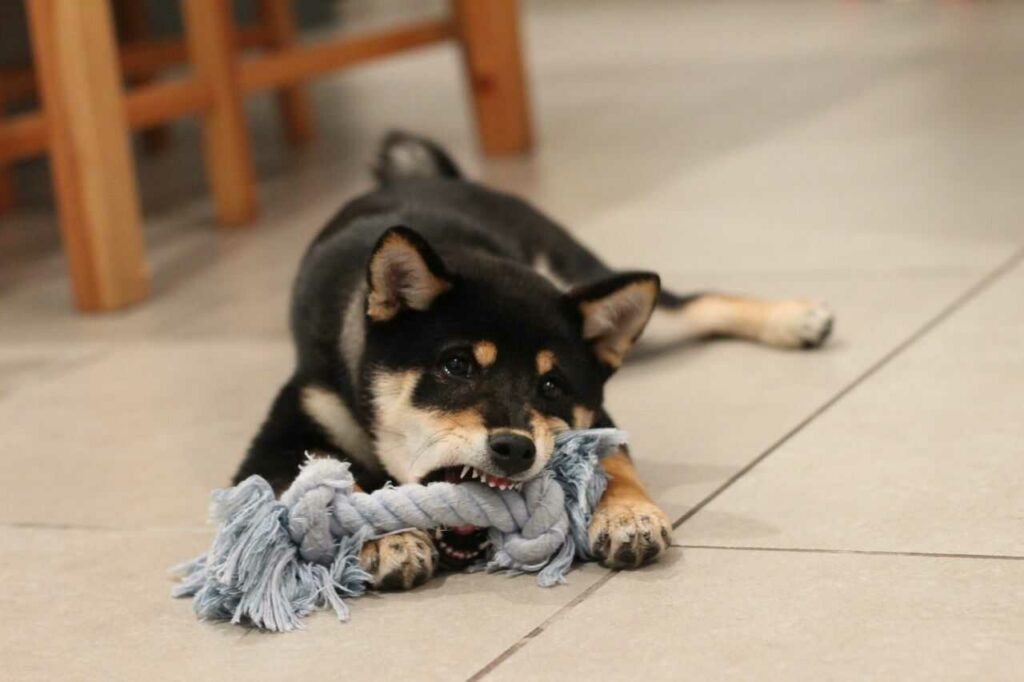
出典:https://unsplash.com/ja/写真/q6_CCxCnFbc

出典:https://unsplash.com/ja/写真/B8oHHnTClFY
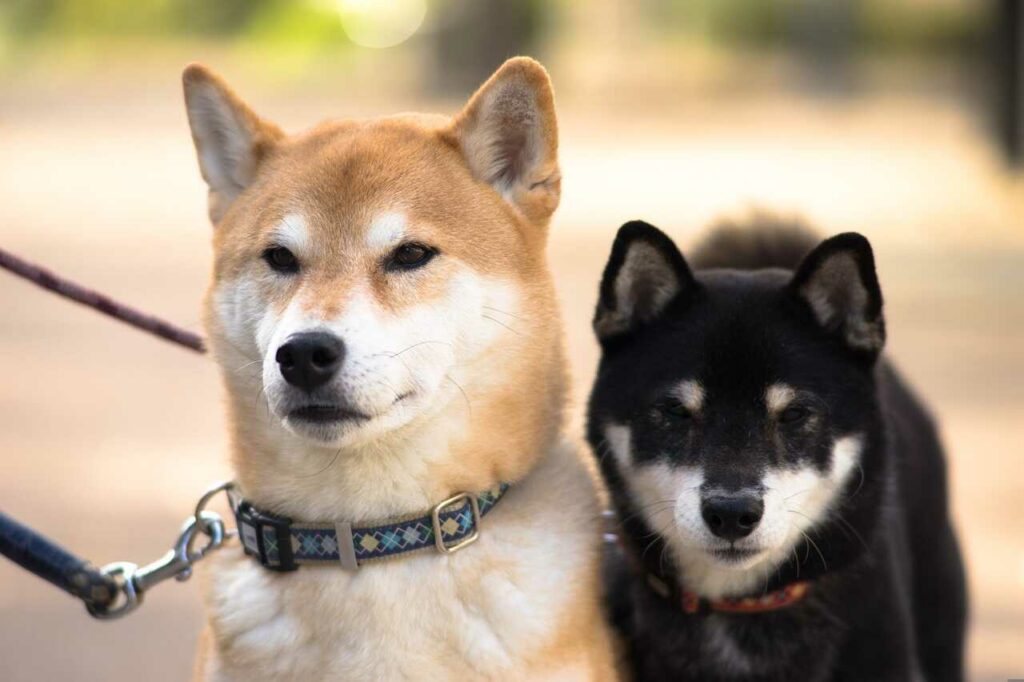
出典:https://pixabay.com/images/id-3083761/
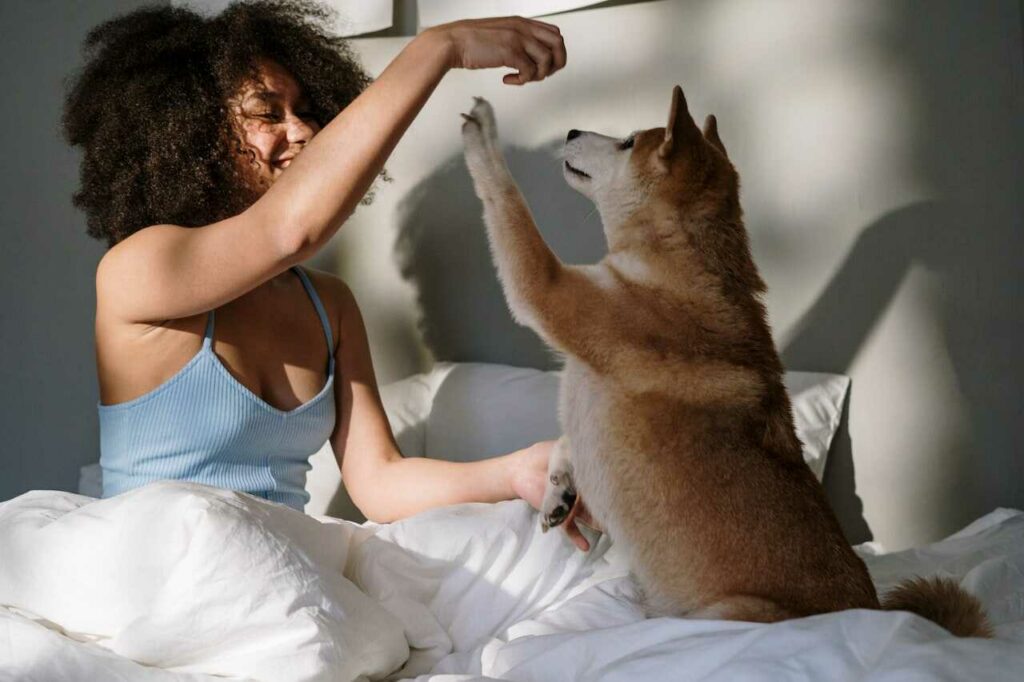
出典:https://www.pexels.com/ja-jp/ja-jp/photo/4046307/
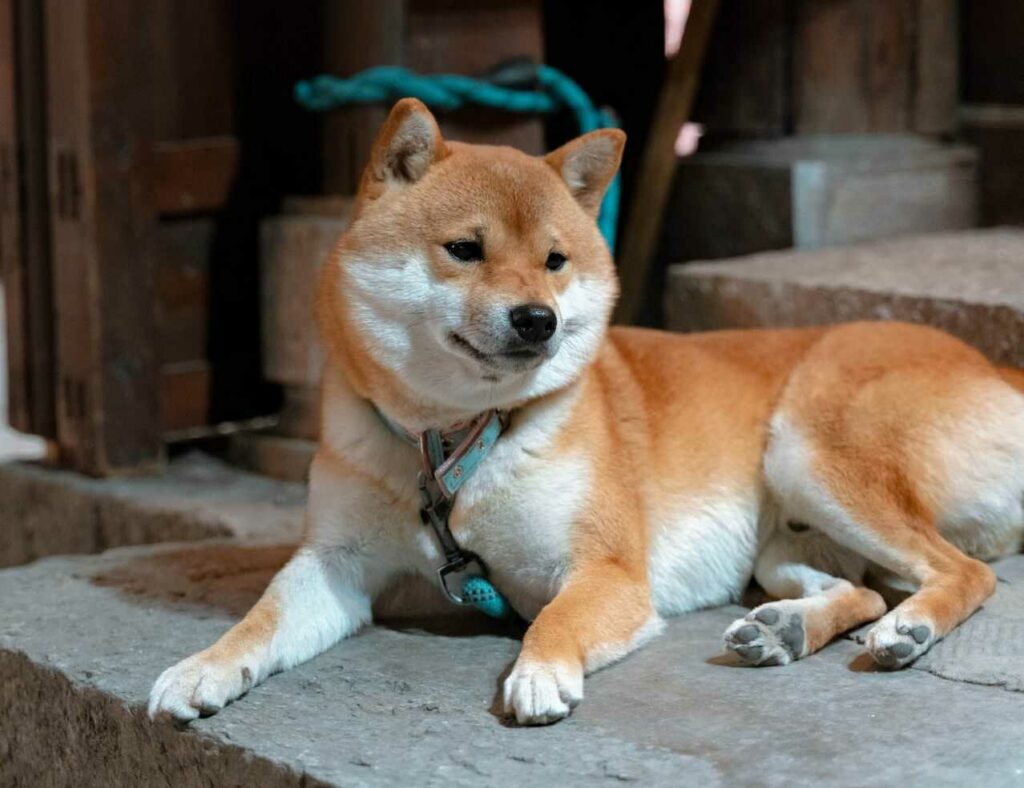
出典:https://www.pexels.com/ja-jp/ja-jp/photo/6253372/
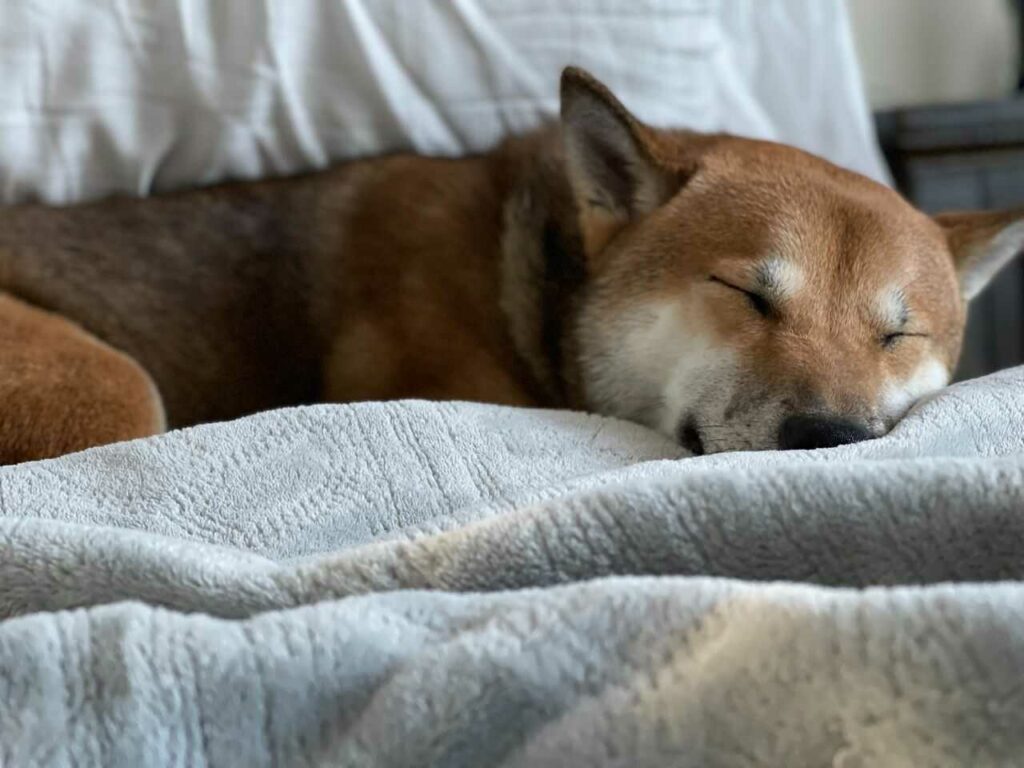
出典:https://unsplash.com/ja/写真/bSpVH5V0YX8
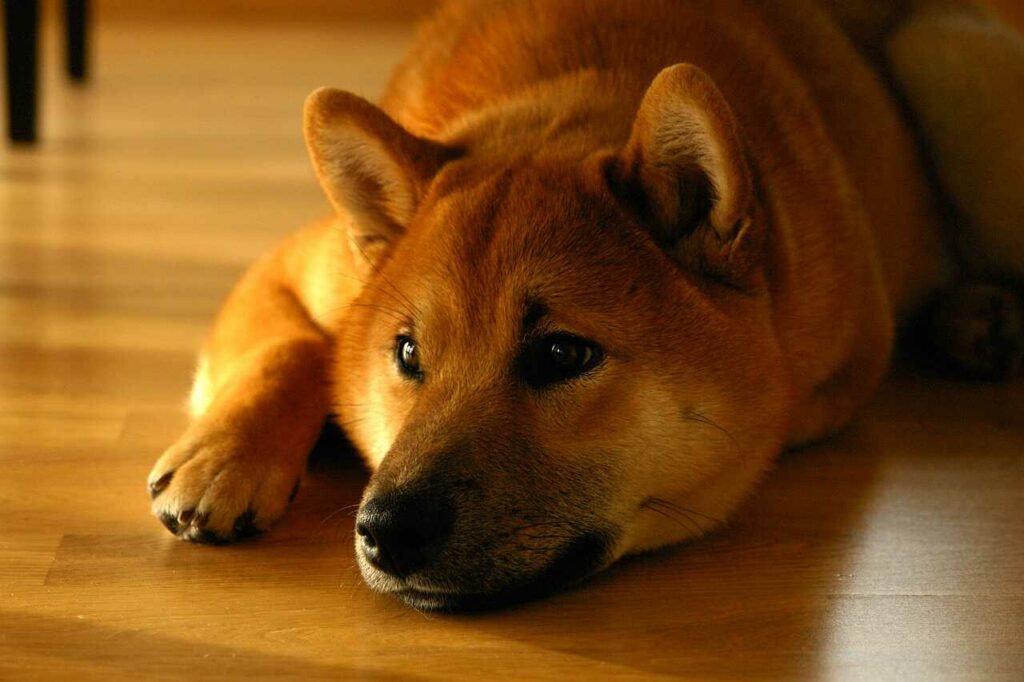
出典:https://pixabay.com/images/id-1904871/
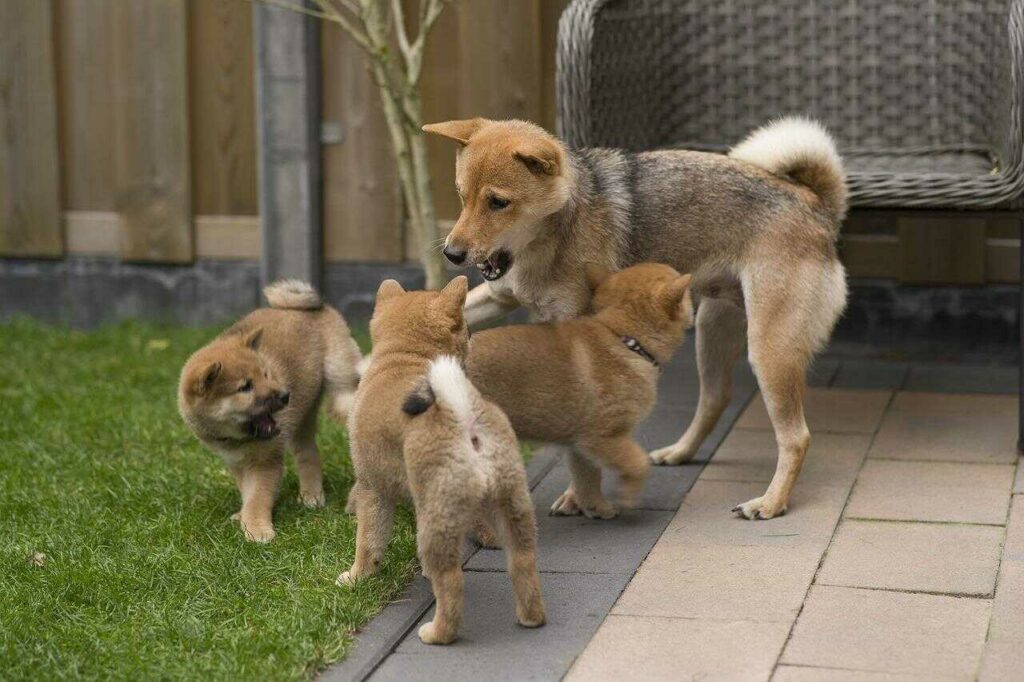
出典:https://pixabay.com/images/id-4407229/

Help Enrich Our Animalbook.jp with Your Media!
We are constantly looking to expand and enrich our Animalbook.jp with amazing photos and videos of animals. If you have any media that you'd like to share, please contribute and help us showcase the beauty and diversity of the animal kingdom. Your submissions will be credited and featured in our encyclopedia, reaching a wide audience of animal lovers.
